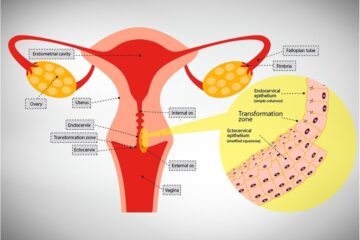
Workplace wellness programmes have two main goals: improve employees’ health and lower their employers’ healthcare costs. They’re not very good at either, new research finds. For the study, 3,300 employees of the University of Illinois at Urbana-Champaign were given a year of access to iThrive, a workplace wellness programme similar to what many companies offer workers. A control group of 1,534 didn’t get access to it at all.
Those offered the programme were randomly split into six groups. All were offered a biometric screening, a health assessment and various services and classes, such as chronic disease management, Tai Chi and a fitness challenge. But the six groups were paid different incentives for completing each step of the programme — anywhere from $50 to $350.

The researchers wanted to answer three questions: Do wellness programmes have any effects on health outcomes, medical spending and other measures including productivity? (The jury has been out on that.) Can money spur more people to participate? (Many programmes have trouble with enrollment.) And finally, who’s most likely to participate? (If only healthy people do, the programs won’t achieve much.)
Their study found that wellness programmes — even those with incentives — don’t change employees’ behaviour much. The findings were published as a working paper at the National Bureau of Economic Research. Over the years, hundreds of studies have examined the efficacy of wellness programmes with mixed results; a study from the RAND Corp. found most programmes don’t reduce companies’ health costs, while a 2010 review found they do.
Much of that research has calculated savings by looking at the difference in health-care spending between employees who opt in to such programmes and those who don’t. But the new study, as a randomised control trial, measured differences by randomly creating a control group with no access to the wellness programme at all. With that method, the researchers found that medical spending disparities pre-existed the wellness programme.

“Our results are significantly different,” said Damon Jones, an associate professor at the University of Chicago’s Harris School of Public Policy who conducted the study along with two UIUC researchers. “They rule out the kind of effects you find in nearly 80% of those prior studies. We don’t see anything trending toward savings.”
First, money isn’t much of an incentive. Without any cash offered, a little under half of employees completed the assessment and screening. A $100 reward for completing the screening only boosted that rate to 59%. Doubling that reward didn’t make much difference, raising the share of employees finishing the screening merely to 63%.
First, money isn’t much of an incentive. A $100 reward for completing the screening only boosted that rate to 59%. Doubling that reward didn’t make much difference, raising the share of employees finishing the screening merely to 63%.
Not that it may have mattered much to their employer. Looking at health insurance claims throughout the year, the researchers found participation in the wellness programme didn’t result in better health outcomes or lower health-care costs. The medical spending habits of the employees who didn’t have access to the programme were “almost identical” to those of the workers who did, said Jones.
It turns out that those most likely to take advantage of their employer’s wellness offerings are healthy people who don’t spend a lot on health care, and employees with the highest health-care costs are the least likely to participate. Surveys the researchers offered enrollees also found that wellness had no impact on job satisfaction or productivity.
Despite questions as to whether wellness programmes actually work, companies are still pouring money into them. The industry ballooned from a $1 billion one in 2011 to $6.8 billion five years later, according to an IBIS World analysis, and last year, almost a quarter of employers boosted their wellness offerings, the Society of Human Resource Management found in its yearly benefits survey.
Some studies have found that wellness programmes can take around three years to yield any benefits; the researchers in the University of Illinois analysis tracked savings for only a year, though they plan to keep tracking for four. “It is possible that effects will emerge in the long run,” said David Molitor, another researcher on the study.
But the first year of results, he said, doesn’t suggest future savings. In fact, the control group had slightly lower health insurance claims than those with access to the program. Molitor’s team also tracked how often employees using the wellness programme went to the gym and whether they participated in a local run, to see if the programme inspired healthier behaviours. They didn’t do either more often than the control group. “We don’t see anything trending toward savings,” he said.
[“source=hindustantimes”]


